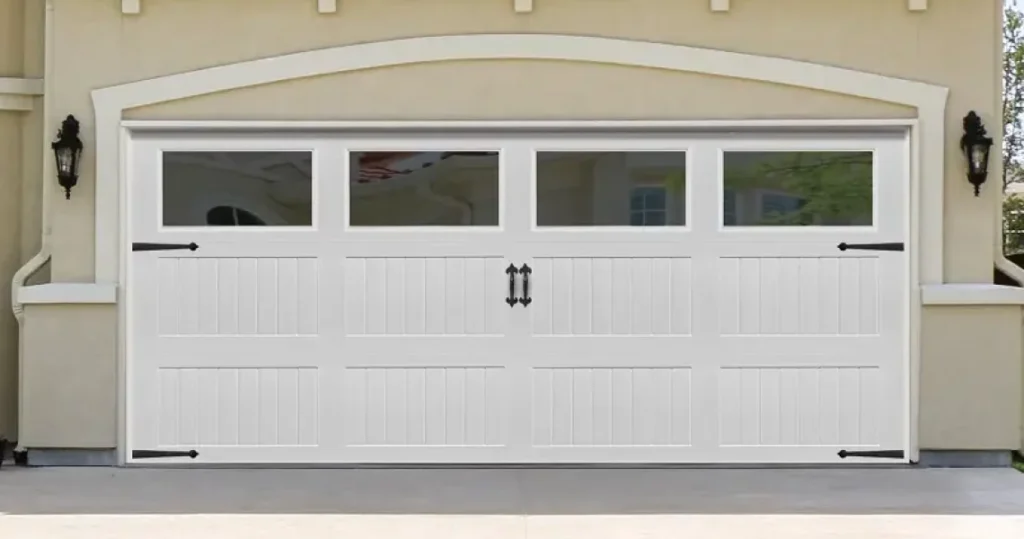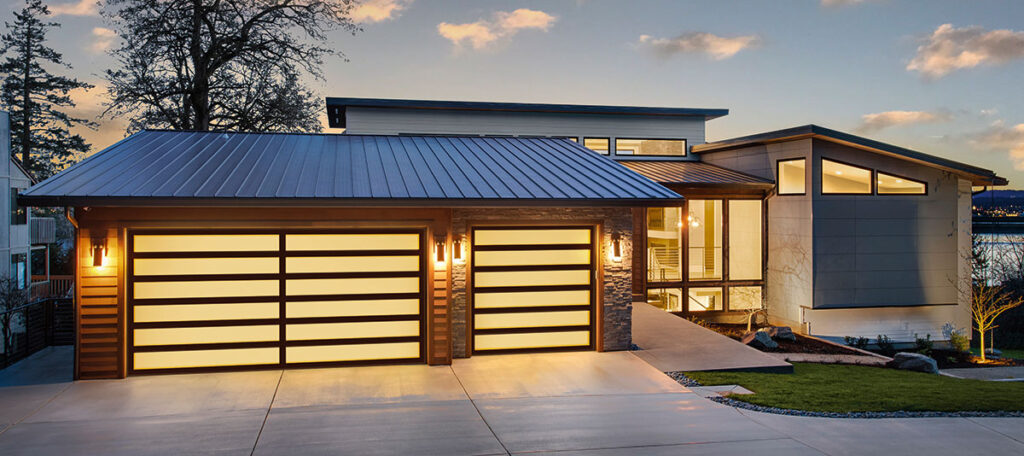As a homeowner who takes pride in maintaining my property, I’ve come to appreciate the importance of every component, no matter how seemingly insignificant, in the overall functionality and comfort of my home. One such often-overlooked component is the garage door seal, also known as weatherstripping. These simple yet essential strips of material play a crucial role in sealing gaps around the garage door, preventing drafts, moisture, pests, and debris from entering the garage.
By following Grapevine Gates & Garage Doors, I’ll share my experiences and insights about garage door seals, the various types available, and the steps to replace them effectively.
The Unseen Heroes: Garage Door Seals
For many homeowners, the garage serves not only as a storage space for vehicles but also as an entry point to the house. Consequently, maintaining the garage’s temperature and keeping it free from pests and water infiltration is essential. This is where garage door seals come into play.
Garage door seals are designed to create a tight seal around the perimeter of the garage door. They are typically made from durable, weather-resistant materials that can withstand the elements. These seals act as a barrier, preventing outdoor elements like rain, snow, wind, and dust from entering the garage. They also help in conserving energy by minimizing heat or cold air loss from the garage, especially if it’s connected to your home.
Types of Garage Door Seals
Understanding the different types of garage door seals available is essential when it comes to choosing the right one for your needs. Here are the most common types of garage door seals:
1. Bottom Seal (Threshold Seal):
The bottom seal, also known as a threshold seal, is installed along the bottom edge of the garage door. It creates a seal between the door and the garage floor when the door is closed. This type of seal is particularly effective in preventing water, leaves, and pests from entering the garage.
2. Weatherstripping Seal:
Weatherstripping seals are installed on the sides and top of the garage door frame. They provide a flexible barrier that seals the gaps between the door and the frame when the door is closed. These seals are excellent for preventing drafts and reducing energy loss.
3. Brush Seal:
Brush seals, often made of nylon bristles, are installed on the sides and top of the door frame. They create a barrier by forming a seal with the door’s surface. Brush seals are effective at keeping out pests and reducing drafts.
4. Rubber or Vinyl Seal:
Rubber or vinyl seals are versatile and can be used as bottom seals or weatherstripping seals. They are durable and provide an effective barrier against moisture and drafts.
5. Bulb Seal:
Bulb seals feature a bulb-shaped design and are typically used as bottom seals. When the garage door closes, the bulb compresses, creating a secure seal against the garage floor.
Signs it’s Time to Replace Your Garage Door Seal
Over time, garage door seals can deteriorate due to exposure to the elements and wear and tear. Knowing when it’s time to replace your garage door seal is crucial to maintain the seal’s effectiveness. Here are some signs that indicate it’s time for a replacement:
1. Visible Wear and Tear:
Inspect the seal for visible signs of wear, such as cracks, tears, or missing sections. Damaged seals can no longer create a proper barrier.
2. Drafts and Temperature Fluctuations:
If you notice drafts or temperature fluctuations in your garage, it may be due to a deteriorating seal that is no longer effectively insulating the space.
3. Water Infiltration:
Water entering your garage during rainfall is a clear sign of a failing bottom seal. Water damage to your garage floor or belongings can be costly.
4. Pest Infestations:
If pests like rodents or insects are making their way into your garage, it’s likely because the seal is no longer providing an effective barrier.
Steps to Replace Your Garage Door Seal
Replacing a garage door seal is a manageable DIY project for many homeowners. Here are the steps to guide you through the process:
1. Gather Your Tools and Materials:
You’ll need a few tools and materials to complete the replacement, including a replacement seal, a utility knife, a screwdriver, a measuring tape, and a pencil or marker.
2. Measure and Prepare:
Start by measuring the length of the old seal that needs to be replaced. Make sure to measure accurately to ensure you purchase the correct length of replacement seal.
3. Remove the Old Seal:
Carefully use a utility knife or screwdriver to remove the old seal. Start at one end and work your way along the seal until it’s completely removed.
4. Clean the Surface:
Once the old seal is removed, clean the surface where the new seal will be installed. Remove any debris or adhesive residue to ensure a secure bond.
5. Install the New Seal:
Begin at one end of the garage door and attach the new seal. Most seals come with adhesive backing, making installation straightforward. Press the seal firmly into place as you go along.
6. Trim Excess Seal (If Necessary):
If the new seal is longer than needed, use a utility knife to trim the excess. Make sure the seal fits snugly and creates a complete seal when the garage door is closed.
7. Test the Seal:
Close the garage door and observe the seal’s performance. It should create a secure barrier along the bottom of the door.
8. Check for Proper Alignment:
Ensure that the seal aligns correctly with the door frame when closed. Make any necessary adjustments to achieve a proper seal.
9. Repeat for Sides and Top (If Needed):
If you’re replacing weatherstripping seals on the sides and top of the garage door, follow the same process for each section.
10. Regular Maintenance:
To prolong the life of your new seal, consider applying a silicone-based lubricant to keep it flexible and prevent cracking.
Conclusion: Enhancing Comfort and Protection
Overall, as stated in Grapevine Gates & Garage Doors, garage door seals may be a small and often overlooked component of your home, but their role in maintaining comfort, protecting against the elements, and securing your space should not be underestimated. By understanding the different types of seals available, recognizing signs of wear and tear, and following the steps for replacement, you can ensure that your garage door seals continue to serve their essential function for years to come.
Grapevine Gates & Garage Doors
601 W Wall St, Grapevine, TX 76051, United States
817-631-6355










